Unit D – Story Journal
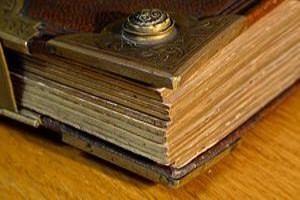
This English scheme of work for Key Stage Two gets the children to plan and write a story using different narrative techniques, identify the meanings of words that are homonyms and practise extending sentences by using commas to add extra words and phrases based on A Medal for Leroy, Michael Morpurgo.
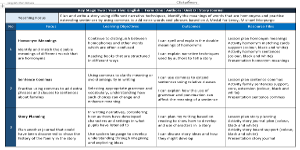
Plan and write a story using different narrative techniques, identify the meanings of homonyms and practise extending sentences using commas
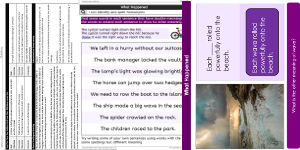
Lesson One : Homonym Meanings
Identify and match the double meanings of different words that are classed as homonyms that can be used when describing scenes and events from an adventure story

Lesson Two : Sentence Commas
Practise using commas to add extra phrases and clauses to different about sentences some of the events that might be experienced by families in an adventure story
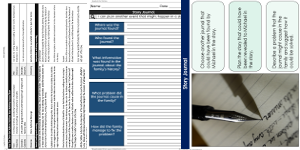
Lesson Three : Story Planning
Select and use information about another journal that could have been discovered which can illustrate some of the history of a family in a narrative story
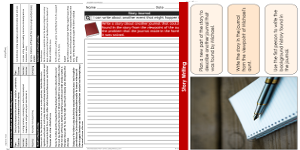
Lesson Four : Story Viewpoint
Select and write a new section for a narrative story from the viewpoint of one of the characters to show the sequence of events and development and outcomes of the plot

Lesson Five : Story Editing
Edit and redraft a new section for an adventure story to suggest what other events might happen in the narrative to match the writing style and techniques of a significant author
-

School Grounds
Explain and model how to measure and calculate the perimeters and areas of different shaped locations around the school grounds
-

Rainforest Presentations
Select, manipulate and combine different forms of media to create a multimedia presentation about an aspect of life in a rainforest habitat
-

Flag Printing
Practise and refine different techniques when printing colours, shapes and patterns to design flags to match specific locations
-

Angle Observations
Identify, locate and classify examples of right, acute and obtuse angles that can be observed in a range of different shapes, objects and locations
